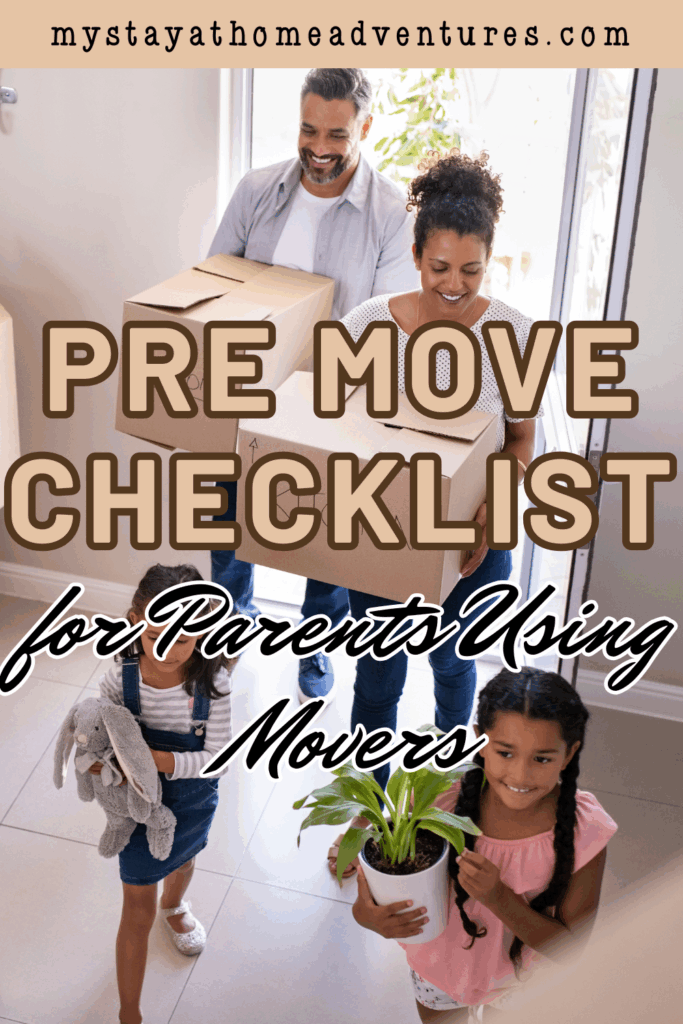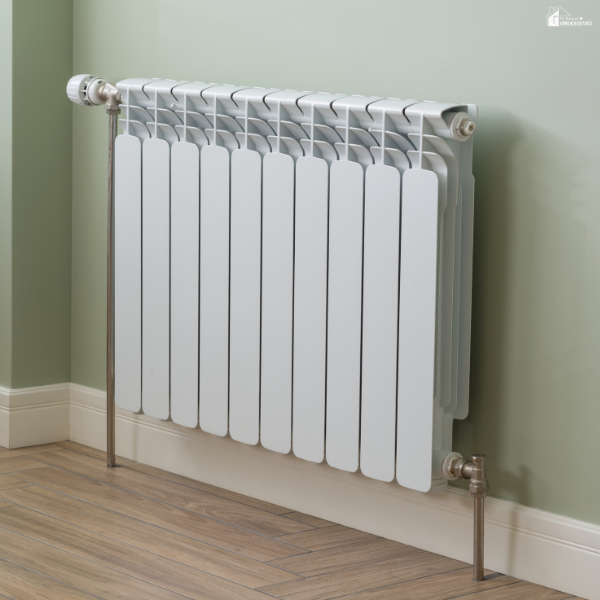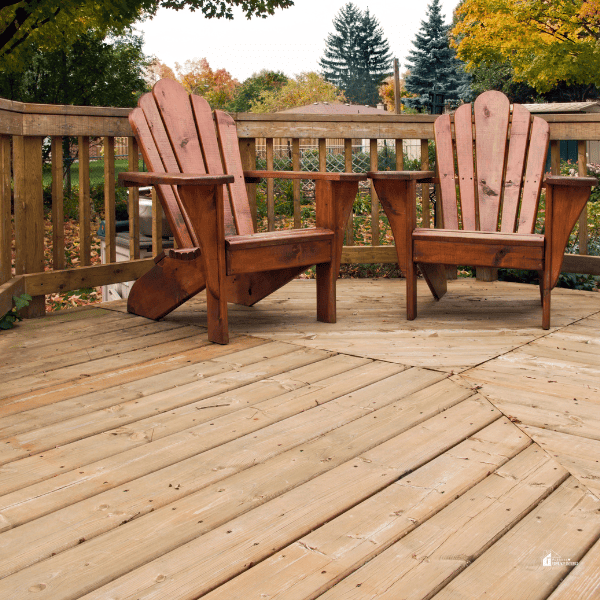Pre Move Checklist for Parents Using Movers
This post may contain affiliate links which might earn us money. Please read my Disclosure and Privacy policies hereKids feel every change at home. In the weeks before a move, toys end up in odd boxes, papers spread across the table, and routines start to wobble. A clear checklist brings the house back to order and helps your family hand things to the movers with confidence.
If you plan to hire a licensed team, such as Boxstar Movers, a strong plan still matters. Movers can lift, load, and transport. Parents decide what stays, what goes, and how the first days in the new home will run. Use this guide to get ready without last minute panic.

Quick Declutter Plan
Walk room by room with three bags or bins: keep, donate or sell, and recycle or toss. Start with closets, kids’ rooms, and the kitchen. Removing extra items now saves packing time and lowers the total weight or volume of your shipment.
Set simple rules. If a toy has missing parts, it goes. If a jacket has not been worn in a year, it gets donated. If you find broken or expired items, place them in a discard bin. For household chemicals or old paint, do not pack them. Many movers will not take hazardous items.
Check your city’s rules on safe drop-off so you do not bring risks into the truck.
Create a “no-pack” zone for valuables and sensitive items. This zone holds passports, birth certificates, medical cards, checkbooks, spare car keys, small electronics, jewelry, and a backup drive. Keep this zone in a closet or one locked room that movers will not enter.
Simple Box Inventory
A basic list will save you hours later. Number each box and write the room name and a short description on two sides and the top. Keep a matching note on your phone or a paper log. Example: “12, Kids Room, board games and art.”
Use color stickers for rooms so helpers can place boxes fast at the new home. Red for kitchen, blue for kids’ room, green for living room. This reduces back and forth questions on move day and keeps boxes off the wrong floors.
Photograph special setups and cords, like the router, game console, or a complex toy track. Place the photo in the first box you open for that room.
For furniture you plan to disassemble, put screws and small parts in a bag, label it, and tape it to the frame or place it in a parts box noted in your list.
48-Hour Essentials Kit
Think like you are going on a short trip with kids. Pack a suitcase for each child with two days of clothes, pajamas, favorite stuffed animal, simple books, and small snacks. Add diapers, wipes, and a basic thermometer if you have young children.
Keep a separate clear bin or duffel for family essentials: phone chargers, a small tool kit, night-lights, scissors, trash bags, paper towels, toilet paper, and a shower curtain liner.
Prepare a kitchen starter box with a pan, pot, spatula, a few plates, cups, and cutlery. Add shelf-stable snacks and breakfast items. Label this box “Open First.” For pets, set aside food, bowls, leashes, medication, and a blanket that smells like home.
Keep medications in your personal bag, not on the truck. Store a printed medication list for each family member. If a child needs a special formula or device, carry it with you along with spare parts and power cords.
Protect Papers and Data
Moving is busy, so small risks can slip through. Shred old papers that show full names or account numbers. Sign out and wipe old computers or tablets before you pack them. Back up photos and important files to a cloud account or an external drive you carry yourself.
Submit a change-of-address request and set mail forwarding before you move. The United States Postal Service provides the official process that helps catch stray mail while you update banks, schools, and health providers.
Call utility companies to schedule shutoff and start dates.
List power, gas, water, trash, internet, and streaming devices that may need reactivation. If your new home is in a building with an elevator, ask about a reservation window for the truck and confirm any time limits so loaders can plan.

Ready the Home for Movers
Clear walkways, entry areas, and stairs. Roll up small rugs, move toys off the floor, and remove wall hooks that could snag clothing or bags.
If you have a pet, plan for a quiet room with the door closed or arrange a playdate during loading. This keeps your pet calm and movers focused.
Measure doorways and large furniture. If a sofa, fridge, or crib will not fit as-is, remove legs or doors the night before. Bag and label the hardware. Take photos of any existing scratches on big items and note them in your inventory. This helps you spot new damage later.
Set out basic tools, felt pads, and painter’s tape where movers can see them. Mark fragile boxes and items with simple, bold words. If something must stay upright, write “This Side Up” on two sides. Place a box of cleaning supplies where it will not be loaded so you can do a quick sweep after the truck leaves.
Plan the Load Order
Place your “no-pack” items and the essentials kits in your car first so they cannot be loaded by mistake. Keep the inventory list handy. When the crew arrives, meet the lead and give a short tour. Point out rooms, the bathroom, and any limits, like a child’s nap time or a strict elevator window.
Decide the load order by thinking about what you will need at the new home first. Load out-of-season items and storage bins early. Keep the kitchen “Open First” box, bedding, and the kids’ suitcases near the end of the load so they come off first.
Review the movers’ inventory tags as items go on the truck. If a description is unclear, ask for a quick change on the sheet. Keep a photo of the truck’s license and the move paperwork on your phone. Confirm the delivery window, the best contact number for updates, and the process to report damage if needed.
Help Your Kids Cope
Children handle moves better when they know what will happen and what will stay the same. Share a simple timeline, like which night will be the last in the old house and where breakfast will be the next morning. A short routine, such as a story at the same time each night, anchors the week.
If you have school-age kids, ask for records and note transfer steps. The American Academy of Pediatrics offers guidance that highlights how predictability, calm communication, and keeping connections support children during a move. Bring comfort items in your car, not on the truck, so your child can settle in the first night.
Set up kids’ beds first at the new place, add a familiar blanket or poster, and plug in a night-light. A small “welcome home” basket with crayons, a new book, or a puzzle can turn stress into a small bright moment.
What Movers Cannot Take
Most movers cannot take fuel, propane tanks, bleach, aerosol cans, fireworks, or open containers of liquids. Do not pack fresh or frozen food for a long haul. Remove batteries from toys and devices that will be in storage for a while to prevent leaks.
Pack houseplants in your own vehicle if the distance is short and the weather is mild, or gift them to a neighbor.
Separate a small “repair kit” for the old home and the new home. Include wall putty, a small brush with matching paint if you have it, light bulbs, and basic tools. This makes last minute fixes fast and reduces security deposit surprises.

Final Walkthrough Checklist
When the last items are on the truck, walk each room and check closets, cabinets, the garage, and the backyard. Take a final photo of empty spaces and locked windows.
Confirm you have chargers, medication, and documents in your bag. Send a quick text to a trusted person with the mover’s name and the confirmed delivery window. Small checks like these give you a steady start on the other end.
A move with children can be busy, but not chaotic. Clear decisions, a simple inventory, and a focused essentials kit will carry your home across the gap from one door to the next.
Do the quiet work now, and your family can step into the new place with less stress and more energy for the first night’s dinner on the floor.







